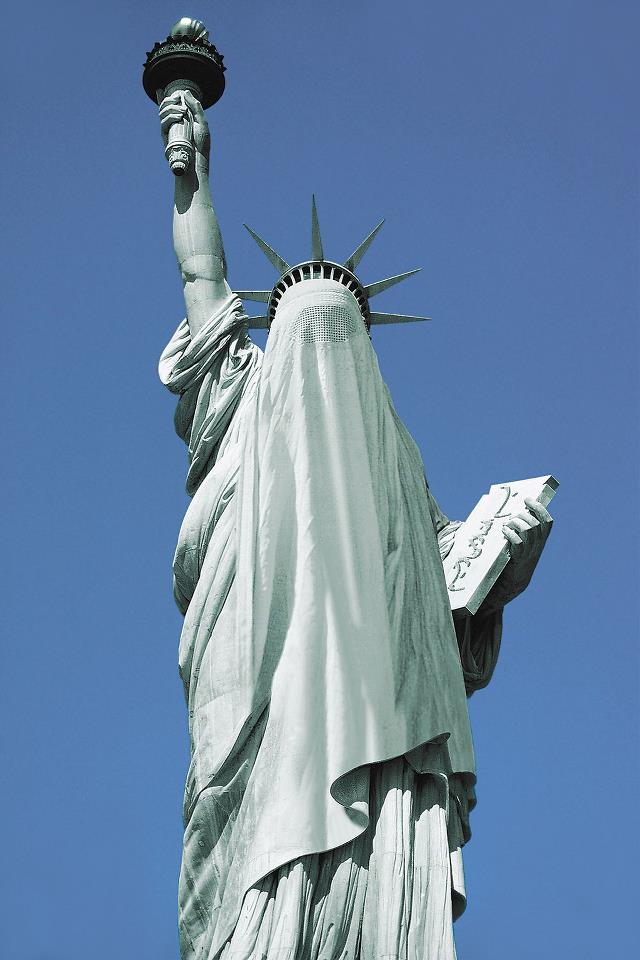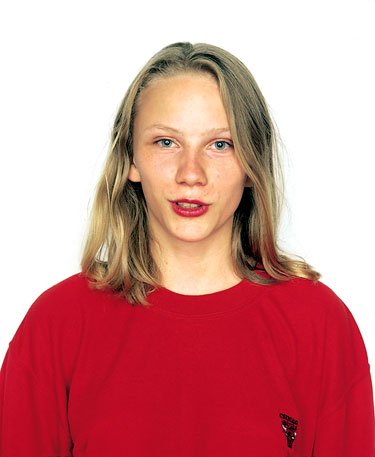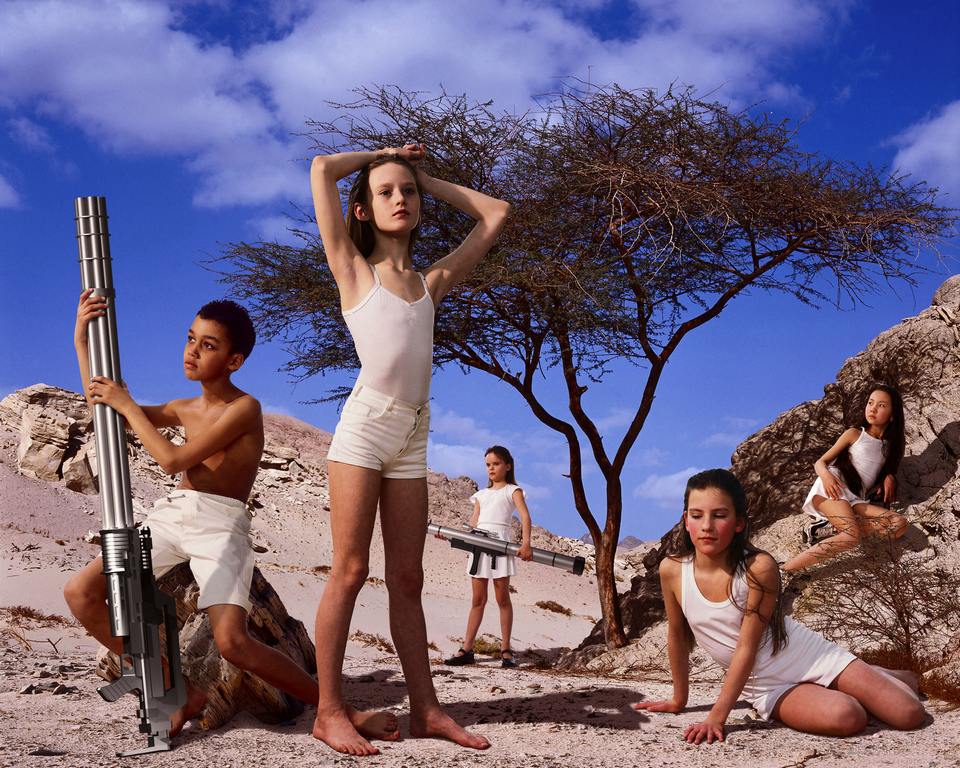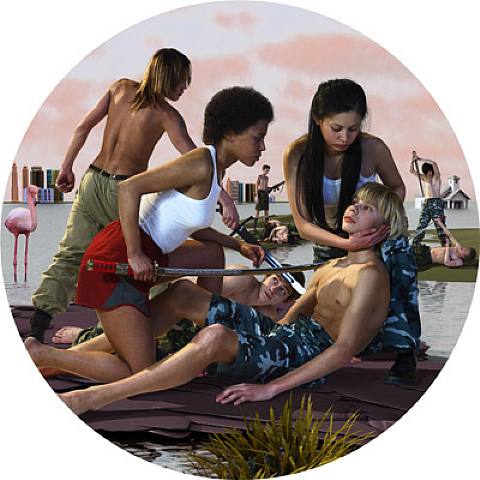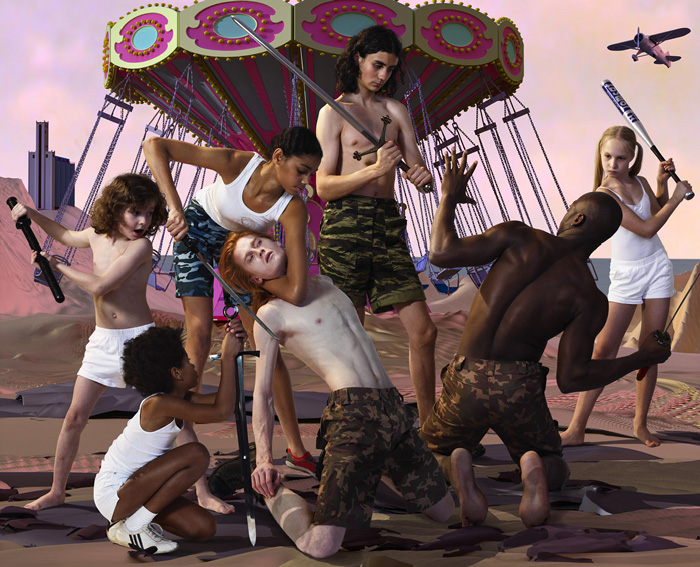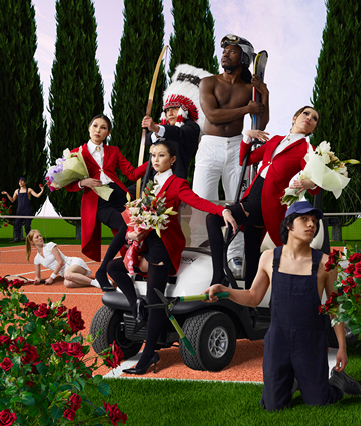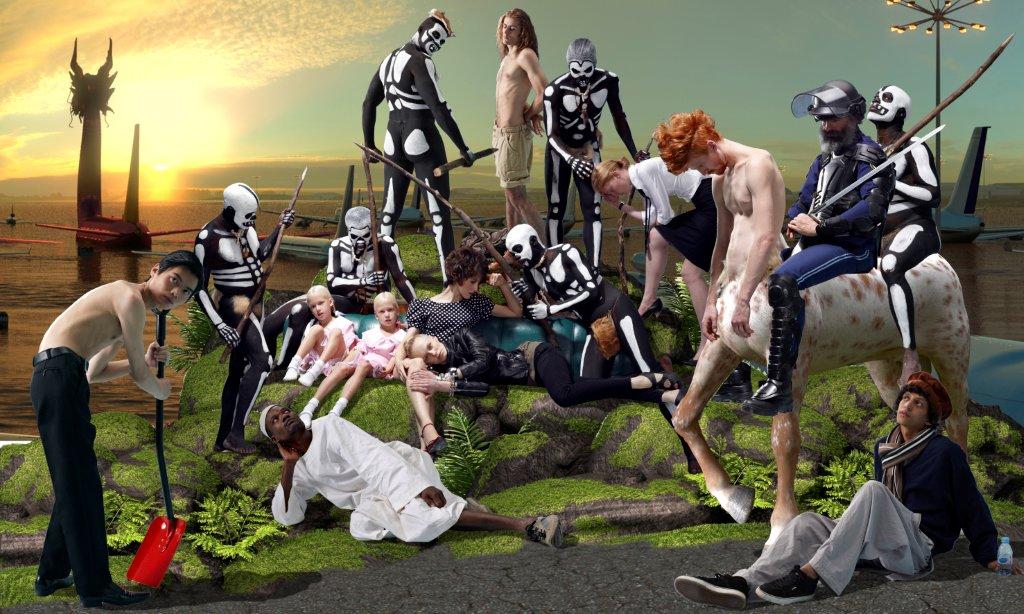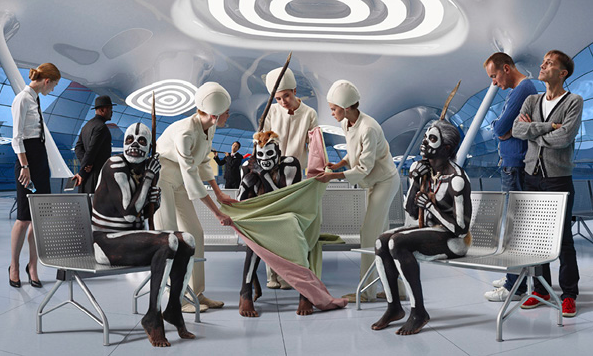INHALE is a cultural platform where artists are presented, where great projects are given credit and readers find inspiration. Think about Inhale as if it were a map: we can help you discover which are the must-see events all over the world, what is happening now in the artistic and cultural world as well as guide you through the latest designers’ products. Inhale interconnects domains that you are interested in, so that you will know all the events, places, galleries, studios that are a must-see. We have a 360 degree overview on art and culture and a passion to share.

AES+F interview. Questions from INHALE magazine
We know that 2007 was an important year for you, since your work became known on an international level. Let’s talk a little bit about two projects before that moment and I mention here Islamic Project, which was controversial. Through Islamic Project you stressed the fears western cultures have towards Islamists. Why are you interested in these issues?
Islamic Project (1996) is dedicated not only to Western fears of Islam, but rather to a visualization of mutual paranoia – both of the West and of Islamic fundamentalists. In 1996, we were interested in “globalization in reverse,” when not only the Internet and McDonald’s are moving to the east and south, but also when, for example, Islamic culture has an impact on the modern West.
Another project, Suspects, which presented photos of 7 innocent girls and 7 murderers, having the same age, underlined the interest you have in issues like image and reality. It was interesting how it showed the need people have to know which was “guilty” and “not guilty”. How do you relate to this need of identifying who is bad or good?
The aim of the project Suspects (installation and performance) was not the need to identify the guilty or the innocent. It is virtually impossible for any spectator to make the difference out. A sense of frustration and helplessness that is experienced by the public in a complete inability to distinguish the “evil” or “good” is more important for us.
You were AES and then you became AES+F. Why not directly AESF? Also, tell us a little about the process of receiving another person in the group. How was this transition made?
“AES+F” – looks better and is easier to pronounce. Mr. F worked with AES as a photographer and co-author on a number of projects. At some point, everybody understood that we have become AES+F
Artists are portrayed as lonely persons. How does the creative process take place when there is a group of four persons?
AES+F is a micro society with a main creative paradigm. We are different in gender, skill, nature, and sexual orientation. Therefore, we can say we and our the projects are both a model of society, and sometimes a parody of it.
It’s well known that it was at the 2007 Venice Biennale that the Russian pavilion was always filled with people who wanted to see your exhibition. How did you feel this recognition?
We really felt in 2007, in Venice, a unique sense of euphoria of our audience, which cannot be compared to the “professional” one that we had seen quite often before.
We are curious about The Liminal Space Trilogy – Last Riot, The Feast of Trimalchio, and Allegoria Sacra – how did you imagine it in the beginning and how was the creative process? How did it developed into these three pieces that have an overall coherence?
We realized that these projects represent a trilogy, only when we had done Allegoria Sacra. Number “3″ is both magical and very banal. Postfactum, we have given the name of Hell to a project dedicated to the heroism of video games. Heaven has become synonymous with The Feast of Trimalchio, with the theme of the hotel resort. The waiting lounge of an airport has become a symbol of Purgatory.
At first you were expressing through videos and photos. How was it to work in 3D [graphics]?
Indeed, in the 90s we worked mainly with photography and video. But once we started using a computer to create photo collages in the mid-90s (Islamic Project), we gradually and naturally came to use and 3D computer graphics. First time we have used it in our digital images for some futuristic landscape objects, aircraft and weapons, in the project Action Half Life. But for the next project, Last Riot, we have created backgrounds, fully built in 3D. The next step was the animation of all elements (photos and graphics). In addition, we also use 3D computer technology for the work on sculptures (First Rider, Angels-Demons). Thus, computer graphics have become part of our language.
In The Last Riot it’s interesting you choose not to show blood and not to show a complete violent act, which produces a lack of empathy. Why did you make this choice?
The lack of blood is a symbol of immortality and coldness of virtual violence. For us, the world of Last Riot is a digital Valhalla. Heroes lose their flesh and blood and become hostages of the “Painful Indifference”.
There’s a sense of decadence and eroticism in this high society portrayed in The Feast of Trimalchio. Tell us a little about your option to have different social ranges that all meet in The Feast of Trimalchio and the tension that this implies.
The idea of The Feast of Trimalchio is a modern version of the Roman holiday of Saturnalia, where, one day a year, patricians waited slaves. On the background of the hotel, in three parts, we played the modern world’s history, present and uncertain future. The changing roles of the “patrician” and “slaves”, shown through the prism of erotica, for us is a metaphor of former colonies and metropolises, Western relations with the Rest of World.
I was thinking how in Allegoria Sacra you mix Bellini with pop culture. From such a contrasting mix the outcome is something that produces anxiety in the viewer. What is the boiling point of these different areas?
We are always interested in the presence of the “Big Myth” in the present. Thus, the features of the “Battle of the Gods” are present in a video game.
For us, an airport and passengers awaiting flights in different directions is the archetype of Purgatory. The heroes of paintings by Bellini transformed: Paul – policeman in a combat uniform, Madonna – gay and lesbian couples with adopted children, Sebastian – pierced student returning from faraway tropical countries.
We went even further by introducing the Angels (direct homage to flight attendants from the future from the Stanley Kubrick’s Space Odyssey 2001) and Demons (cannibals from vanishing tribes, like the heroes of a documentary on the National Geographic channel)
In Allegoria Sacra the Purgatory is an airport where people wait to embark. This waiting produces unease in the public. It’s them waiting and it’s the characters waiting. Why did you choose to work with this anxiety?
Fear and anxiety about the future – a characteristic of our time.
There is something deeply baroque about your trilogy, and that makes it very seductive. In a period when conceptual art is very present, you come with something different and people are intrigued by it. Why are you interested in this area?
Your question is the answer – we think the hyper visuality of our time is more consistent with baroque redundancy than conceptualism and minimalism.
How did your practice change over the years?
In the 90s we focused on conceptual ideas. Now, we are interested in detailed topics and more visually complex images. But these are, nevertheless, conceptual projects.
Do you live in Russia? Given the recent events there, we were wondering what’s the atmosphere and how do you feel in that context?
The atmosphere is grim. It seems to us that the country is sinking into an otherworldly reality.
What are you working on now?
A project called Inverso Mundus. This will be a detailed version of a medieval popular print Inverted World.
AES+F for Inhale Mag
Moscow, March 22nd 2014



